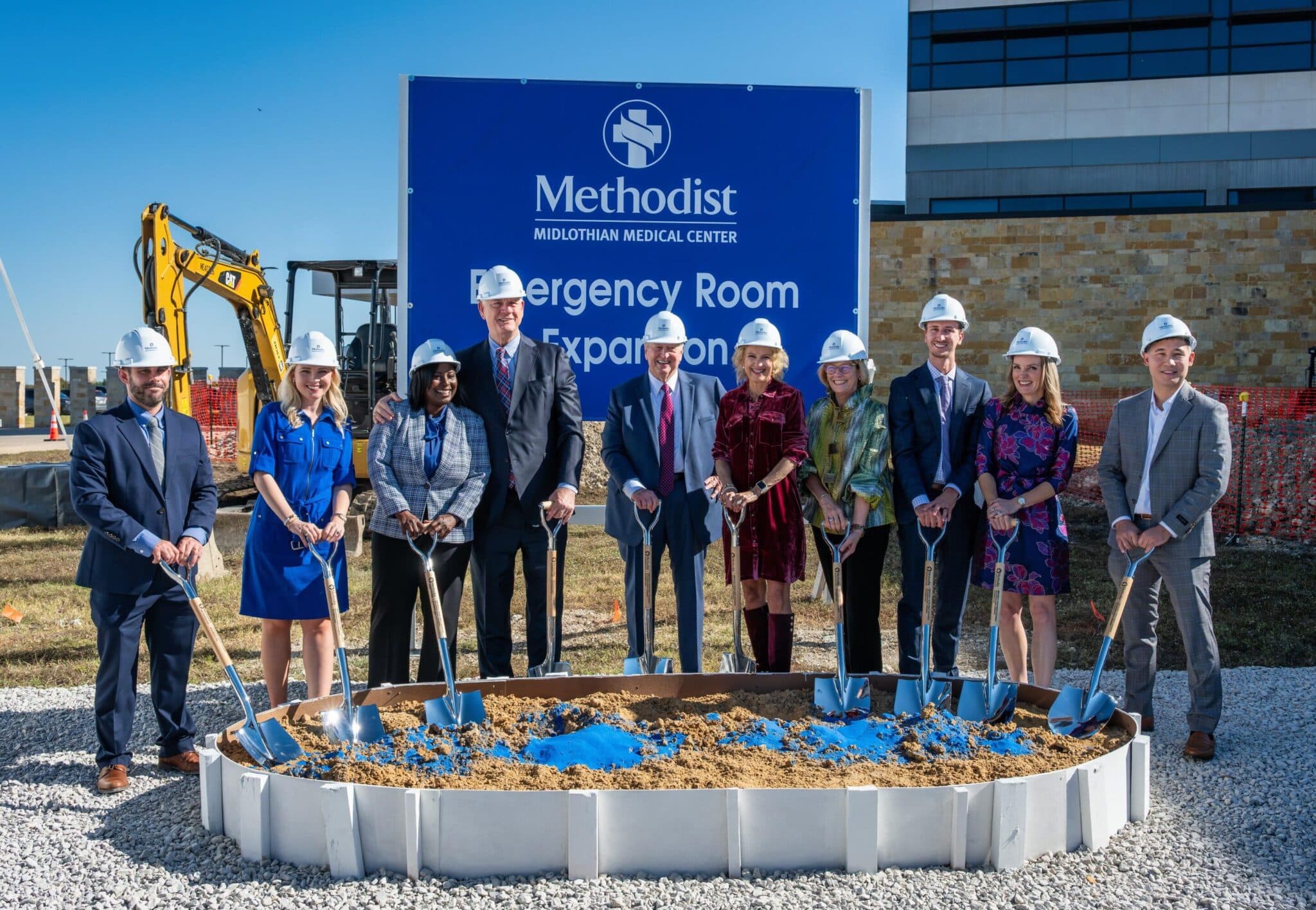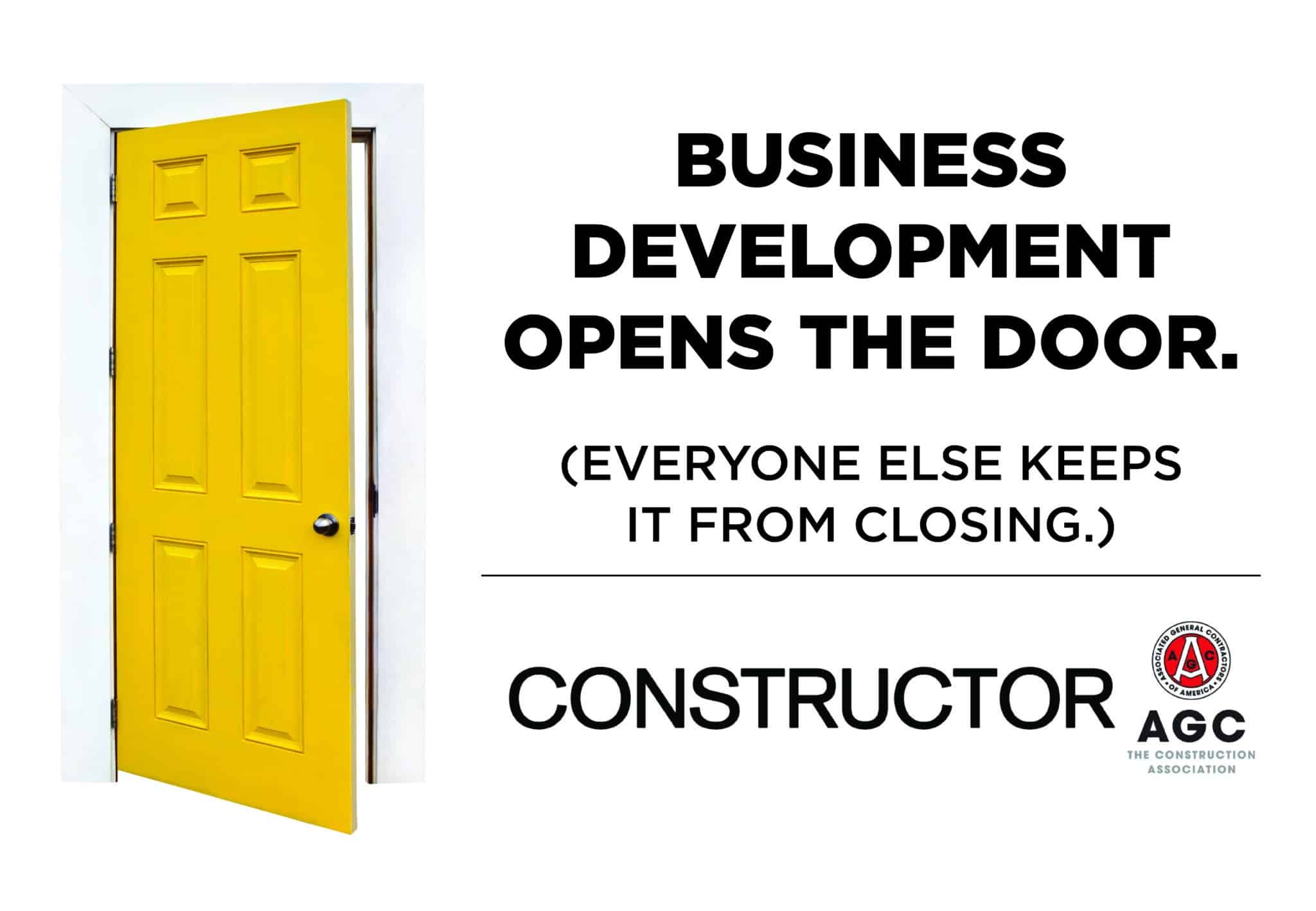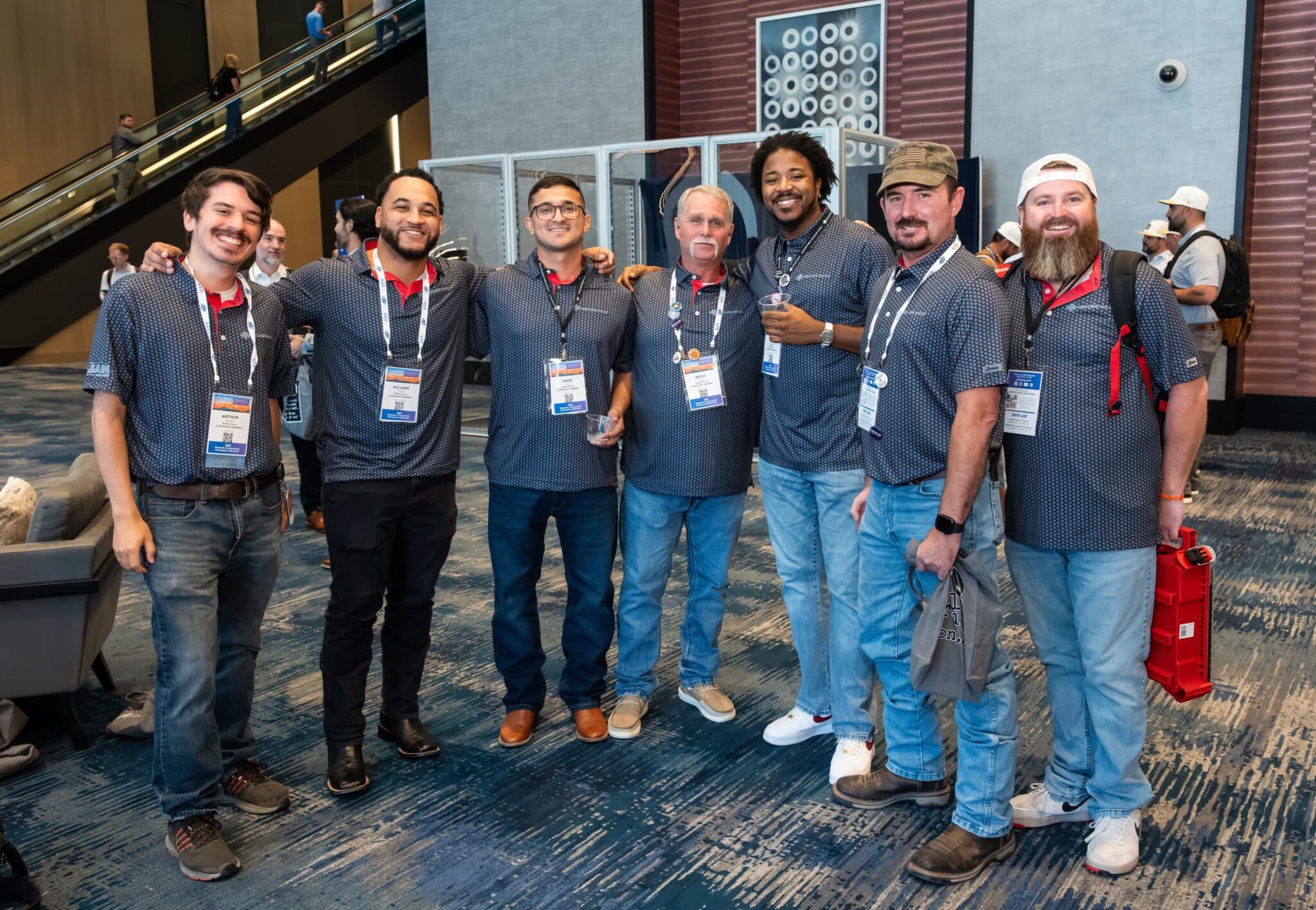While our industry is making great strides by evolving the delivery of work and incorporating new technologies, there is still a lot of room for improvement—and this becomes increasingly important if we hope to attract new talent and bright minds. It’s no secret that one of our biggest challenges is the labor shortage. Our entire industry needs more people—in the office and in the field, and especially craftspeople in the trades. The impact of this singular issue has a ripple effect across all of our projects, irrespective of AEC discipline. This is a topic that I am passionate about, and it serves as the focus of several of my most recent industry articles. My goal is to help to provide a deeper understanding and especially to identify opportunities to change our trajectory and continuously improve.
I recently facilitated a conversation with industry experts about the labor shortage. The panel included Terri Gaber, professional development manager at Hill & Wilkinson; JimBo Bunnell, vice president of Dallas Construction, TDIndustries; Meloni Raney, president and CEO, TEXO, The Construction Association; and Beck Dando, at the time serving as division manager, LCR Contractors.
Read an excerpt of that conversation below.
How often does lack of labor or shortage of craftsmen come up in your conversations with industry peers, general contractors, tradespeople, etc.?
- Dando: It’s almost a daily thing, and it affects everything that we do. Labor is the number one resource we depend on. The impact on business is one of our biggest struggles. We only have so many folks that we can bring to our projects. Obviously, if we had more folks, we would be able to increase capacity and reduce our scheduled durations.
- Raney: It’s a topic I get every day—sometimes it comes up dozens of times through my conversations with members.
Where or how do you see this lack of skilled construction workers having an impact on our industry?
- Raney: There is so much construction happening in DFW, and only certain contractors can bid on some of the larger projects. When the Chamber of Commerce is telling people there is a labor shortage here, it illustrates just how big of an issue this is. It impacts projects that are years away and whether companies will decide to build here or move their headquarters here. It’s also creating a ripple effect in our industry, with a lot of burnout and tired people.
- Bunnell: Back in the day, people wanted to get into the construction industry. They wanted to learn a craft, be proud of what they did, and build something they could step away from and show to their family and friends. There’s a smaller percentage of people who want to get into our field today. More people are getting into the business simply because they need a job, not because they want a career.
I often worry that the perceptions of our industry and the behaviors we tolerate cumulatively hurt recruitment. What do you think could be hurting the image of construction, thereby deterring people from pursuing work in our industry?
- Gaber: I think the perception is long hours, dirty trailers, people who are stressed and angry, and everything that comes with that. It is a huge issue. And we have different challenges with respect to attracting women into construction. We aspire to have women on every project in an effort to show that this industry is open to and welcomes both genders. One step we have taken is providing gender-based portable restrooms with locks on all of our jobs as a requirement. This supports our culture and our efforts toward encouraging diversity in the field.
- Dando: The biggest struggle seems to be a lack of understanding that our industry is a profession. If you’re successful, it can provide very well for a family and offer a bright future to do amazing things. We’re trying to get the word out there. A lot of our new recruits come by word-of-mouth and through our employees referring their friends.
What recruitment efforts have you seen implemented by people in our industry that you think are highly effective or innovative?
- Raney: At one local high school, a welding program graduates about 25 students each year. Each student graduates with at least one, maybe two, structural welding certificates. We have a TEXO member who heavily supports that school with respect to mentoring. He is there every few weeks, doing presentations and really working to change ideas people may have when they think of construction. When the students walk off that stage at graduation, guess where they go? They already know the culture of that company and the people. It’s an investment of time for that company, and it’s paying dividends with respect to its talent pipeline.
How about retention strategies to keep people engaged?
- Gaber: The number one thing I hear from everyone is promotion and opportunity. I know that looks different in every company, but having an upward momentum is key. Also, flexibility that promotes a healthy work-life balance is huge; we continue to see that this really matters.
- Raney: Sometimes, it requires educating employees about what the company is doing for them because perhaps they don’t understand it. For example, one member organization provides an excellent 401k, which sets them apart, but they had poor participation because their employees didn’t realize the value of these retirement benefits. Upon recognizing this disconnect, they began having one-on-one sessions with their employees: this is how much we’re giving you, here’s how your benefits are set up, and so on. They are pouring into those individuals and showing that they care about them personally, today, and in the future.
I was asked to speak about what I do at my son’s school at a career day-type event. I asked the kids what they want to be when they grow up, and most of them shared that they want to be “an influencer” or “YouTuber.” In 10 years, this will be our new workforce. In what exciting ways do you see the industry evolving that this next generation of builders could be a part of creating?
- Bunnell: The construction industry is becoming increasingly digital. For instance, we use drones to monitor the progress of our projects. We’re also seeing more prefabrication and modular construction on our end, which allows people to perform work in a safer, more comfortable, and controlled environment versus on a job site.
- Dando: I think that’s one of the things we struggle with on the field side. We have folks in the office who are very adaptive to technology, but many people in the field are resistant to it. If we can get over that hurdle of technology in the field and bring those folks on board, that would be an absolute game-changer.
What changes can we make to our industry’s culture to make it more attractive to the next generation?
- Dando: There’s an organization that has a tractor-trailer full of simulators, so it’s all virtual reality. It is purpose-built for high-school students to really help them understand the construction industry in a format they can relate to. They go through the trailer and complete tasks as they would do in their job, or in a skilled profession, through a VR simulator. They’ve gotten a lot of positive feedback and contact information, and folks are getting jobs with a sponsor. There are opportunities out there to reach the next generation, but we must meet them where they are.
- Raney: We’ve got to be on a continuous improvement and leadership journey. We’ve got to be better leaders. I would love to hear these high school students say, “I want to be in construction because they have the best leaders.” We can’t stop pushing ourselves to be better—reading books, participating in peer groups, talking leadership training, having coaches and mentors, and being mentors. And the second thing: we’ve got to brag about ourselves! We are a phenomenal industry, but we don’t promote ourselves. We created a social media hashtag, #BuildTexasProud, to help our industry amplify the amazing things we do and share those stories.
- Gaber: I think it involves sincerely understanding who those people are. We need to care about what they want or are looking for as they move into the next five or ten years. I see that kind of education comes through relationships. This is why you’ll find us in schools and job fairs. We do internships with a local high school to get closer to the students, and that helps us shape how we train, work, and retain. It takes extra time to help them learn the craft, but it’s the only way to ensure growth in our industry.
This article was written for D Magazine; you can read it here:
https://www.dmagazine.com/commercial-real-estate/2023/01/strategies-for-surviving-and-reversing-the-labor-shortage-in-construction/




